From the Athens Messenger:
Student athletes sound off at forum
Ohio University President Roderick McDavis said it best when he told the 300-plus crowd of students, faculty and community members that the theme of the second University Town Hall Meeting held Friday afternoon was "fiscal responsibility."
Though questions from students spanned many topics, the bulk of questions were rooted in recent decisions made to offset the university deficit, in particular the announcement made Thursday that four varsity sports teams will be cut from the athletic department- affecting 87 student athletes and several coaches - following the end of the 2006-2007 season.
Student athletes from the affected teams were highly visible in the new Baker Center ballroom. They sat in groups, banded together by sport, in some cases along with unaffected counterparts: the women's lacrosse team on the right-hand section, the men's swim team and the unaffected women's swim team occupied the center section and the men's indoor and outdoor track and field teams sat with unaffected female track and field athletes in the left-hand section.
None of the athletes applauded when McDavis was introduced.
During McDavis' opening address, members of the men's swim team could be seen assembling in the back of the ballroom, wearing white T-shirts each with a green letter spray-painted on the front. The silent demonstration spelled out "SAVE SWIMMING."
Junior Cy Moser, captain of the men's varsity swim team, was the first to ask a question.
He asked to be told the specifics of the decision to cut the four teams.
Athletic Director Kirby Hocutt explained the process by which university athletic departments are required to comply with Title IX. Ohio University's athletic program is up for review in 2008. In order to maintain compliance with Title IX - and thereby the competitive eligibility of the entire athletic program - the department could either add another female varsity sport or cut current programs.
According to McDavis and Hocutt, budget deficits in the department will not allow for the addition of another team, which led to the decision to cut track and field, men's swimming, and women's lacrosse teams.
"I know it's hard to hear. I know it's hard to accept ... Our hearts are with those who are most affected. Sometimes we have to make decisions that are unpopular. Sometimes we have to make decisions that we don't want to make. But that's our job. As a former member of the OU track team, I looked at this in every way possible to try not to come to this conclusion," McDavis said.
Hocutt shared similar sentiments, saying that having to stand in front of the four teams and tell them he had to cancel their programs was "the worst thing an athletic director could ever have to do.
"There is never an easy time to make a decision like this ... What these four teams have been through in the past 48 hours is very difficult. I feel extremely bad for each young person that is affected. It's not easy. There is no right way to do what we've experienced in the last three days," Hocutt said.
Hocutt also addressed concerns from Shannon Hadaway, a junior on the women's lacrosse team, that the athletics department has put a lot of money into football, saying that the money used for the renovation of Peden Stadium could have been suspended for a year to cover the cost of an additional team.
Hocutt said that the money for upgrades to the first and fifth floors of Peden tower was garnered through participation in "financially beneficial" out-of-state games, the most recent of which was the OU-Rutgers game from this season.
The fate of the athletics program was the focus of considerable questioning and discussion for the first hour of the meeting, though other concerns were addressed.
Gina Calcamuggio, senior director of marketing communications for University Communications and Marketing, interrupted questioning at 3 p.m. to halt discussion of the fate of the four varsity teams to allow other questions to be addressed.
"We've spent a good and fair amount of time on this issue," Calcamuggio said.
Immediately following her statement, both swim teams and the women's lacrosse team stood up in unison and walked out.
The track and field team representatives stayed in attendance for almost the entire meeting, leaving early to go to practice, and were subsequently some of the final athlete voices to be heard.
Drew Fattler, junior distance runner for the men's track and field team, spoke on behalf of track alumni, some of whom he said have asked that their pictures be taken out of the Hall of Fame.
Another track athlete referenced the three T's that McDavis has said should govern the OU athletics program: teamwork, tradition and titles.
The athlete said with the new cuts, affected athletes are operating under a new set of T's: torn, trust and tenacity. He said that these athletes are now torn between OU and the sport they love to play and that they are struggling with how to trust an administration who would delete their programs.
"This was the wrong students to cut from this university," he said. "The programs being cut have plenty of tenacity. It runs deep within us. We're ready to fight; we're ready to channel this."
Susan Plungis, a junior thrower on Ohio University women's track and field team, made it clear that she would be unable to strive for greatness knowing that her male counterparts "just got axed."
"I hope you can sleep at night. I most certainly cannot," Plungis said.
She then picked up her OU track and field T-shirt and handed it to McDavis, saying she was no longer proud to wear it.
"I want you to have it," she said.
McDavis told those in attendance that among such goals as better communication with the student body about the decision-making processes and actively trying to promote good news about Ohio University, the university as a whole needs increased revenue
"We need to figure out ways to generate more revenue for this entire university," he said.
McDavis did say after the meeting that he felt the open dialogue was positive.
"It was a fair opportunity to have open and honest discussion," he said.
All 300 chairs were filled when the Town Hall Meeting began at 2 p.m.
According to the new Baker Center's Senior Associate Director of Student Services Tim Hogan, as many as 400 people were in attendance at the height of the meeting, with extra attendees standing against the back and side walls.
Calcamuggio moderated the meeting, giving microphone access to attendees and reading questions submitted from audience members on note cards.
Other issues brought up at the meeting include: lack of student support for the residence hall guest fee during Halloween, concerns about lack of practice space for School of Music students and subsequent charges to use Templeton-Blackburn Alumni Memorial Auditorium, campus access and programs to benefit disabled students and faculty members, where the free speech zones are located and why they exist, plans for the old Baker Center, and multiple concerns and comments about the lack of student input in important university decisions.
The next town hall meeting is scheduled for April 17 at 11 a.m.
Sunday, January 28, 2007
Subscribe to:
Post Comments (Atom)


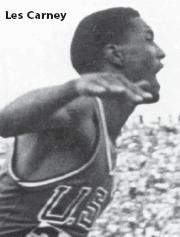

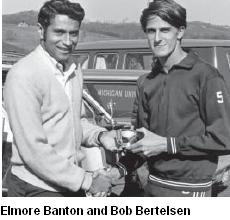

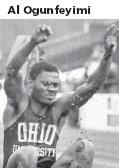


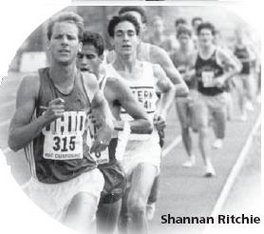

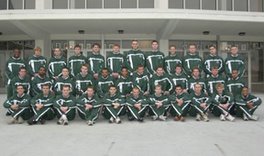


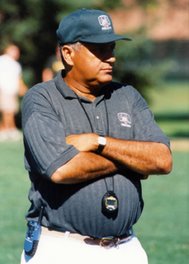




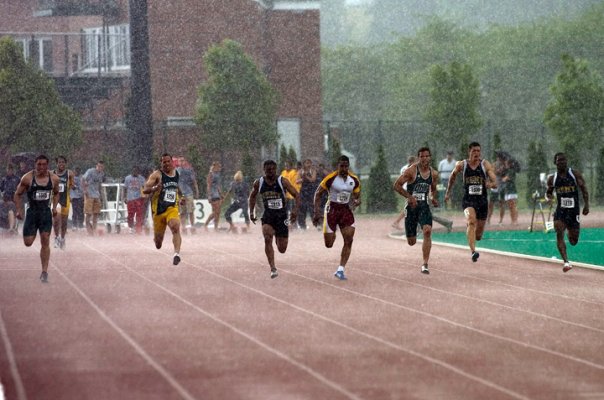
No comments:
Post a Comment